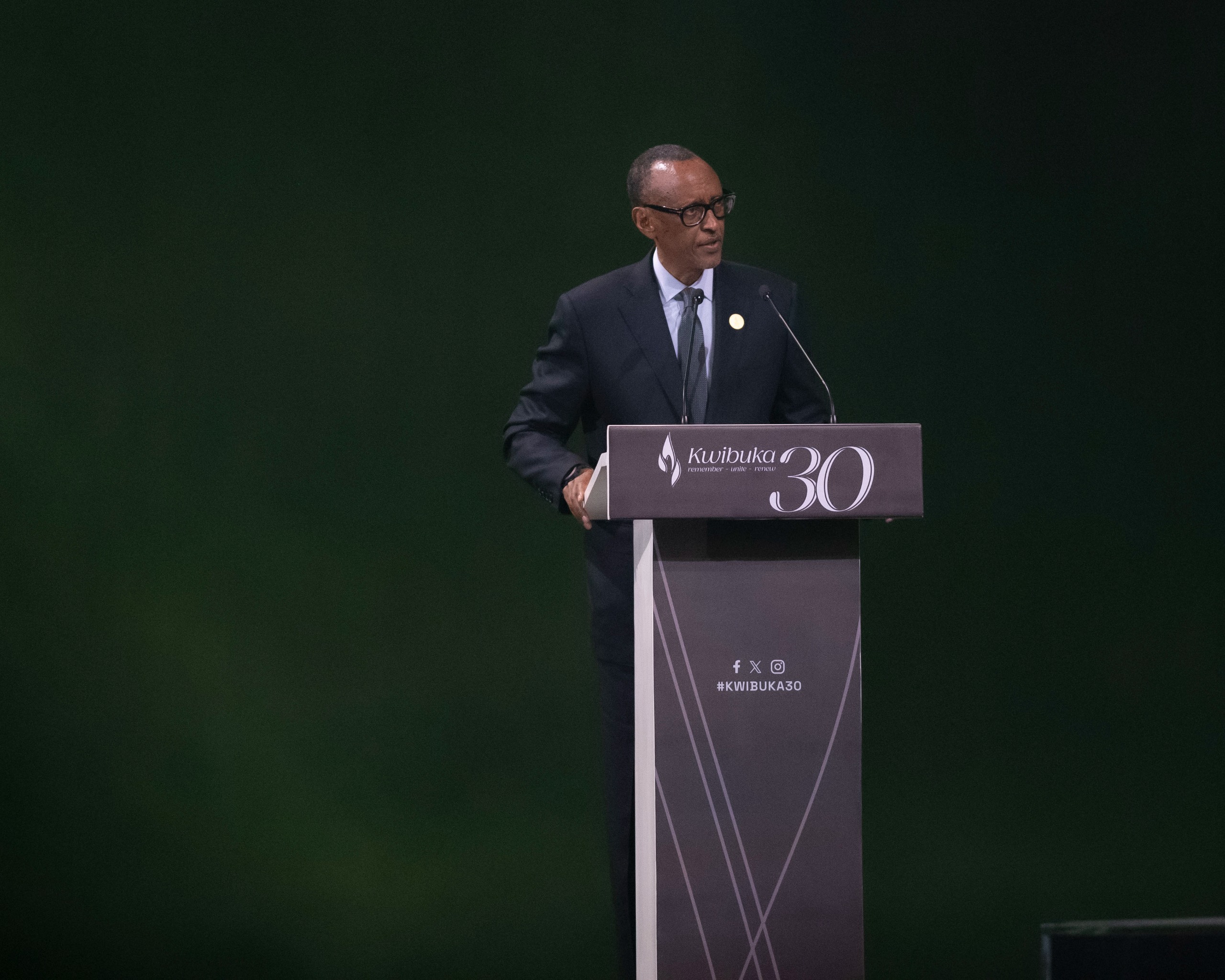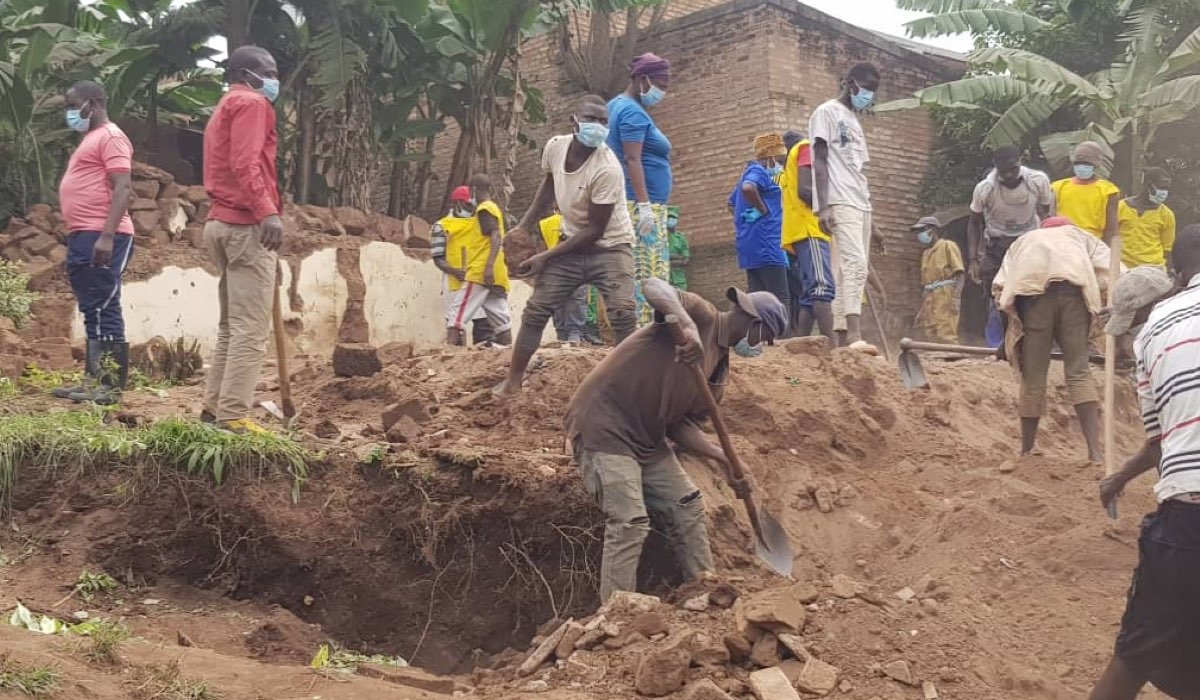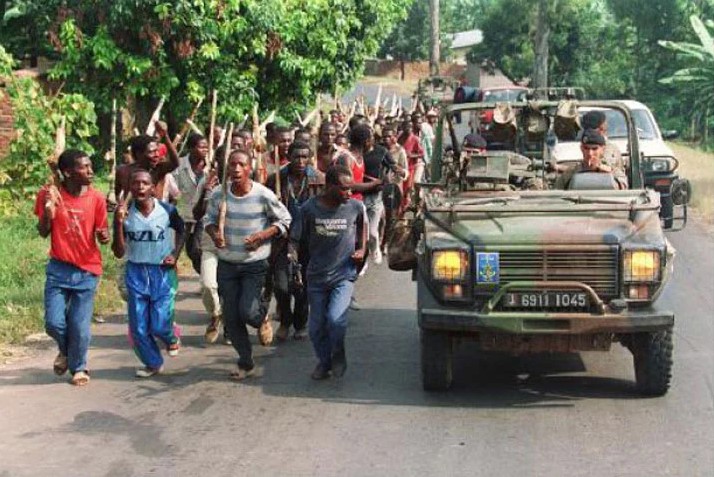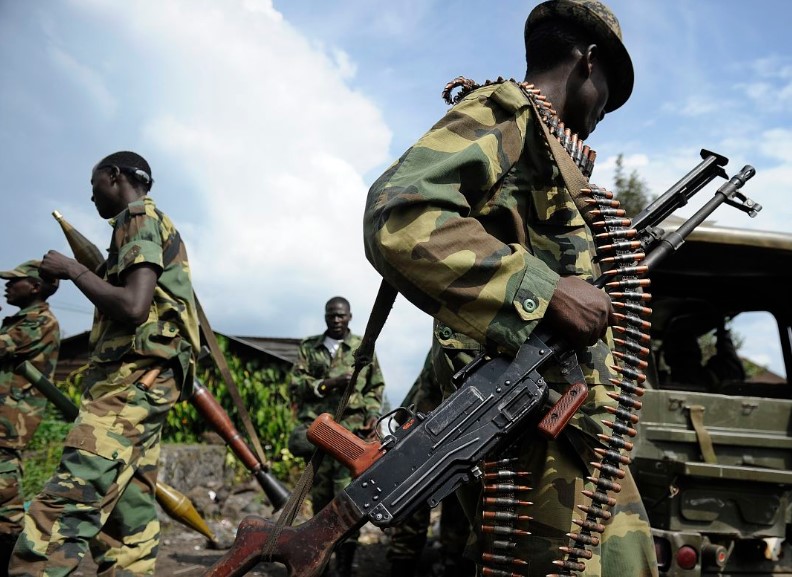Over 2,000 victims of the 1994 Rwandan genocide are to receive a burial in one of the nations’ genocide memorials, as well as a commemoration ceremony for their burial. This comes as Rwanda is observing what is known as Kwibuka 30, the 30th anniversary of the Rwandan genocide.
A Proper Burial
The bodies of 2,073 victims that were recently discovered in Rwanda’s Huye district will be buried at the Ngoma Genocide Memorial on April 30th, according to Ange Sebutege, the Mayor of Huye District. The burial will be marked with a commemoration ceremony as a part of Rwanda’s larger Kwibuka 30 memorial events.

The Discovery
The Rwanda Investigation Bureau (RIB) has carried out a series of arrests against seven suspects who are accused of withholding information about the victims remains. One of the suspects has since been released, while the other six remain in detention.
Those who remain in detention include Jean Baptiste Hishamunda (86 years old), Seraphine Dusabemariya (61), Petero Habimana (89), Mariani Musasangohe (50), Marie Josee Uwabega (53), and Mediatrice Uwimana (54).
The bodies were discovered mostly underneath and around a house which sits on a compound owned by Hishamunda, which was inherited by Dusabemariya. Initially, the bodies were discovered in October of 2023, when workers hired by Dusabemariya to build a fence around the compound discovered remains during construction efforts, which they alerted local authorities about. Six bodies were first discovered around the home and kitchen, which led to authorities deciding to demolish the house that was built upon the grave, in order to continue exhumations.

The Suspects
In 1994, the area was largely inhabited by soldiers of the regime that carried out the genocide. Two of the soldiers who lived there participated in genocidal acts, including the son of Hishamunda, who is presently serving a prison sentence at Huye prison following him pleading guilty. Although he pleaded guilty to genocide charges, Hishamunda’s son never disclosed to authorities the graves that were located on Hishamunda’s property.
Those arrested all have some sort of relationship with each other. Dusabemariya, Musangangohe, and Uwabega are children of Jean Baptiste Hishamunda, while Habimana and Uwimana are neighbours of Dusabemariya, who inherited the property from Hishamunda.
Charges
Under Rwanda’s law n° 59/2018 of 22/8/2018, concealing information about the genocide, in this case about victim remains, is a crime. Those charged with the concealment of information face a minimum sentence of 7 years, and a maximum sentence of 9 years. Additionally, those charged will face a 500,000-1,000,000 Rwandan Franc (390.78-781.56 USD) fine.
A Trend
Within Rwanda, there are an assortment of criminal charges that can still be wrought against people in relation to the genocide. Namely, people can be charged for what Rwanda terms as ‘genocide ideology’, genocide denial, concealing or destroying evidence of the genocide, and more.
In recent times, the RIB has announced an upward trend of criminal charges related to “concealing, destroying, eliminating, or degrading evidence or information relating to genocide.”
The increase, however, is a positive thing, according to the RIB. They have claimed that it shows more people are becoming wary of the legal consequences that continuing to withhold information can have. As such, more and more people are coming forward with information about the remains of genocide victims, and other important information and evidence related to the genocide. 2023 saw 97 cases of people withholding information on the genocide, a notable increase from the 44 cases in 2019.
30 Years Ago
The Rwandan genocide took place from April 7th to July 19th of 1994. It was largely perpetuated against ethnic Tutsi by ethnic Hutu militias, as well as soldiers of the Hutu dominated regime. Ethnic Batwa and moderate Hutu’s were also killed.

The genocide is known for its particular brutality, which saw approximately 800,000 people killed in around 100 days. The genocide also witnessed an extensive amount of sexual violence, with an estimated 250,000 to 500,000 women being raped through the course of the genocide. The Rwandan genocide ended when the Rwandan Patriotic Front (RPF), headed by the current President of Rwanda, Paul Kagame, successfully seized control of the country.
The genocide permanently altered not only Rwanda, but also the wider region. A massive influx of refugees, as well as the fleeing of militias who had participated in the genocide from the RPF into neighbouring Zaire (now the Democratic Republic of the Congo, or DRC), assisted greatly in destabilizing the nation. The continued existence of militias comprised of genocidaires from Rwanda contributed greatly to tension between Rwanda and Zaire.
Tensions exploded into war in 1996, when Rwanda invaded Zaire in order to put an end to such militias. The war expanded greatly into the First Congo War, also known as ‘Africa’s World War’ due to the amount of African nations that became involved.
Similar militias remain a significant point of tension between Rwanda and the DRC. The Democratic Forces for the Liberation of Rwanda (FDLR), a militia which in its origin was comprised of former genocidaires, still operates within the eastern DRC. The FDLR has carried out a number of attacks against Rwanda, as well as attacks against ethnic Tutsi that reside within the eastern DRC.
Furthermore, Rwanda has accused the DRC of cooperating with the FDLR, and fighting alongside them against other militias in the area, most prominently the M23. This is a claim that the UN and a number of other international entities corroborate, and that the DRC denies.

Another significant point of tension between the DRC and Rwanda is Rwanda’s alleged support for the M23 rebels. The DRC has accused Rwanda of not only supporting the M23 financially and with military equipment (including surface to air missile systems), but also of deploying troops in order to fight alongside the M23 against the DRC’s military. Rwanda denies these allegations, however the UN, along with several other international entities, have also claimed that Rwanda supports the M23.


